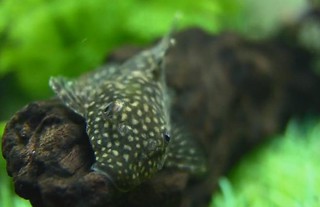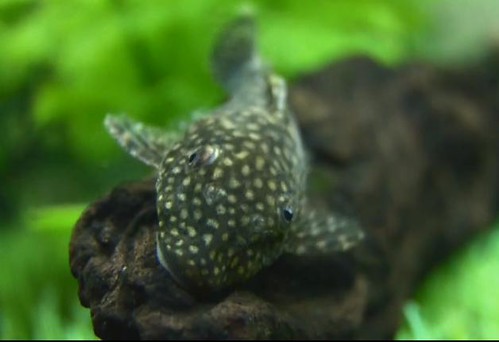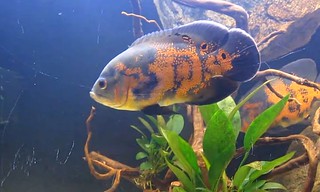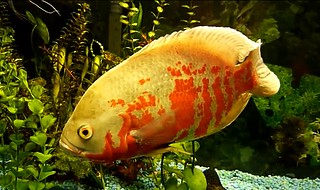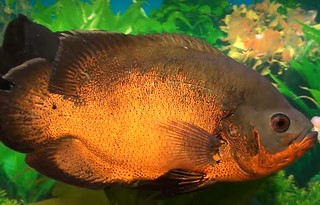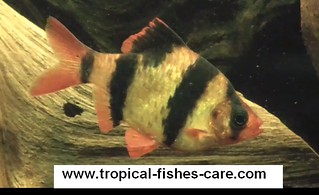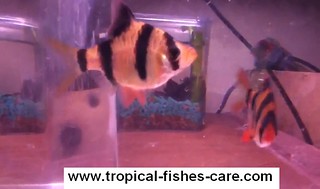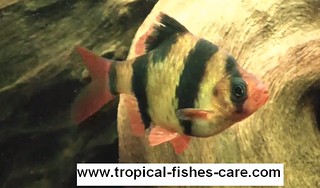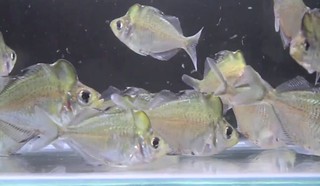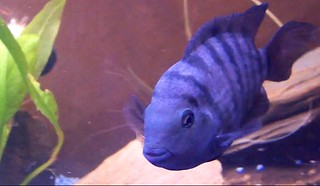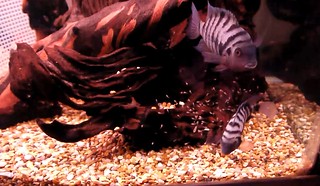Kissing gourami are one of the most famous fish of gourami family. They have gain this name because of their thick lips. They appears to be kissing when they eat food or graze algae from stones. They also kiss with each others just to show the dominance and to solve the issues. This behaviour is rarely related with spawning because 2 males are also observed kissing each other. In wild they are greenish in color but in aquarium trade pinkish one are famous. Kissing gourami is widely accepted as food in many parts of world especially in Asia. Kissing gourami are laterally compressed and can grow up to size of 10 inches under good care. They can easily live up to 5 - 6 years in captivity.
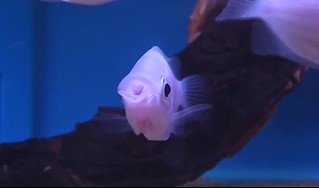

Fish Tank Set Up
Kissing gourami demands large size aquarium since they can grow really well. Fish tank of capacity 30 gallon will satisfy the space requirement. Since kissing gourami is a labyrinth fish like Betta fighter that's why they require open surface to breathe. It must be ensured that they are able to access the air above the water. Fish tank must be heavily planted with hardy aquatic plants. Live plants will also be a source of food for them. Fake plants also will be a good option to reduce their stress. It should also have lots of hiding places because larger members like to bully smaller ones. A strong filter must be used and periodic water changes must be carried out since kissing gourami have good appetite. The tank substrate should be of larger debris and stone so that algae can grow on it. The temperature of the fish tank must be in between 22 - 27 degrees Celsius.
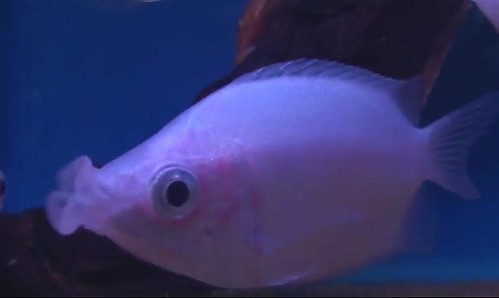
Feeding and Tank Mates
Tank mates for kissing gourami should be chosen wisely. Due to their large size they may harass smaller fishes especially at the time of feeding. Fishes of similar size would be ideal tank mates. If any clashes are observed between tank mates then it would be ideal to separate them. Feeding them is not a big deal for owners, they readily accept wide range of food. You can easily give them phytoplankton, tubifex, brine shrimps, lettuce leaves, blood worms and flake food.
Care : Easy
Lifespan : 5 years +
Tank Size : minimum 30 gallons
Size : 10 inches or more
Diet : omnivores
Nature : Semi - aggressive
Temperature :22 - 27 degrees
Breeding : moderate

